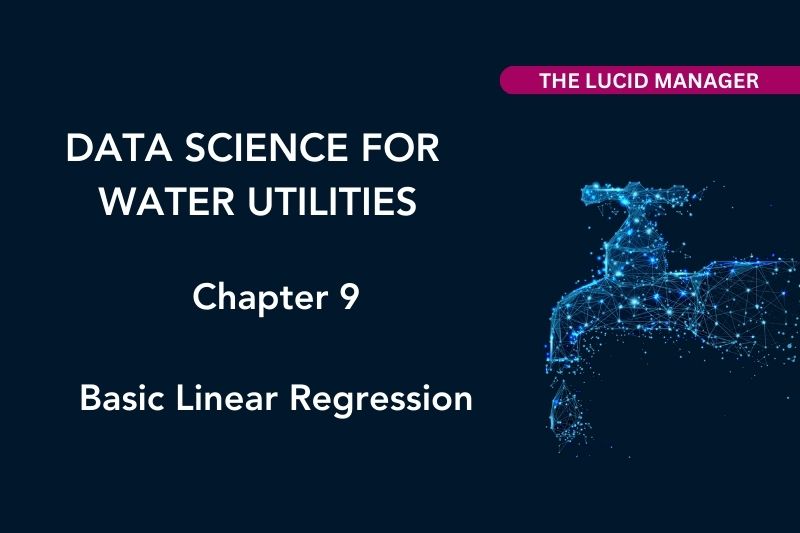
Introduction to Machine Learning

Peter Prevos |
383 words | 2 minutes
Share this content
Machine learning is an approach to statistical analysis whereby a computer detects and then uses the results to predict outcomes from new data. The combination of large amounts of available data becoming cheaply available and open source machine learning algorithms is causing a revolution in many industries, including water management. For example, water utilities can apply machine learning to predict which water or sewer main is likely to fail soon. This chapter of Data Science for Water Utilities introduces the principles of machine learning and the basic modelling process. The learning objectives for this chapter are:
- Understand the principles of machine learning
- Apply cross-validation to linear regression
- Implement a decision tree prediction
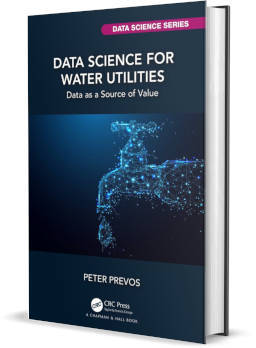
Data Science for Water Utilities
Data Science for Water Utilities published by CRC Press is an applied, practical guide that shows water professionals how to use data science to solve urban water management problems using the R language for statistical computing.
The data and code used in this chapter are available on GitHub:
Principles of Machine Learning
Machine learning is an area of study in computer science and statistics that involves developing algorithms that can automatically learn patterns from data and make predictions or decisions, without being explicitly programmed to do so.
We have already seen linear regression, which is a form of supervised learning. In this type of machine learning, The model is trained on a dataset that contains both input and output variables. Cluster analysis belongs to the unsupervised leanring category. In these types of problems, the computer seeks dor structure in the data without independent variable.

This chapter introduces multiple linear regression and decision trees.
Cross Validation and Fitting
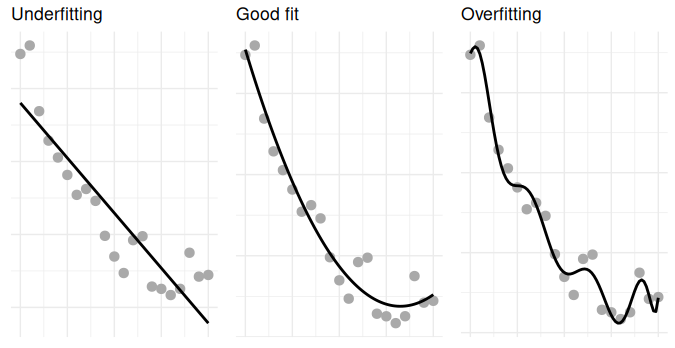
Multiple Linear Regression
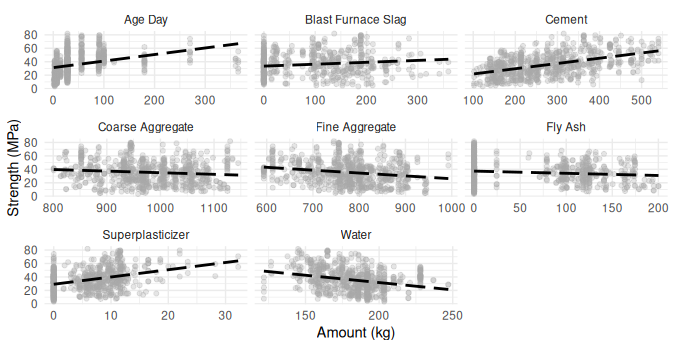
Comparing models
RMSE
Decision Tree
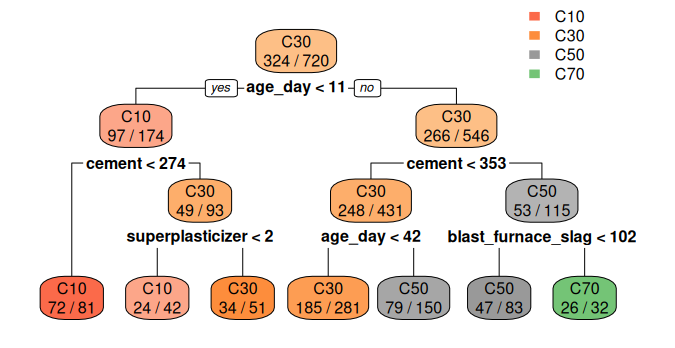
Comparing models
Confusion matrix
Introduction to Machine Learning Screencast
Additional Resources
Other Chapters
Previous Chapter: Detecting Outliers and Anomalies
Feel free to contact me if you have any comments, suggestions or questions about this book.
Share this content

